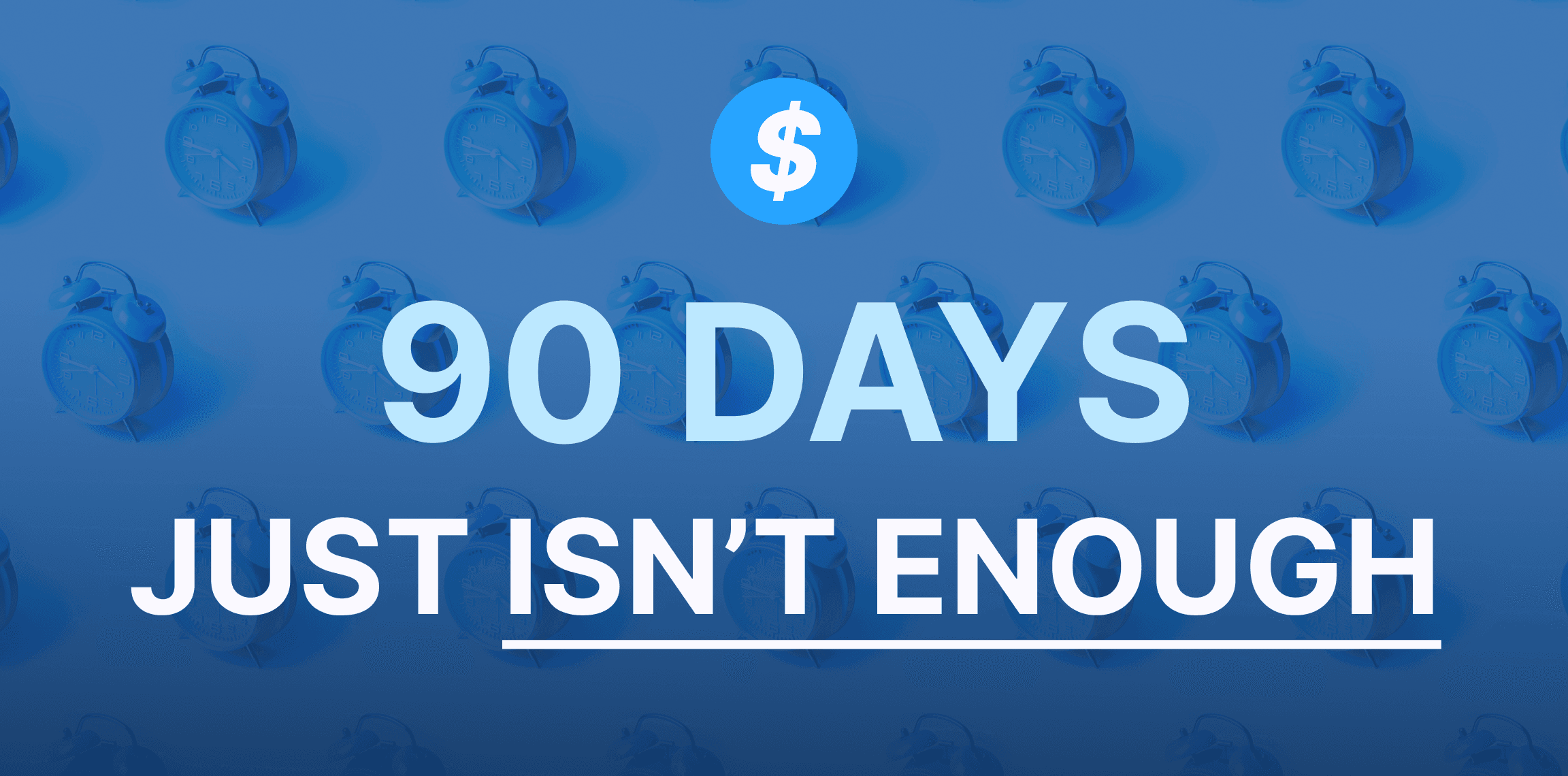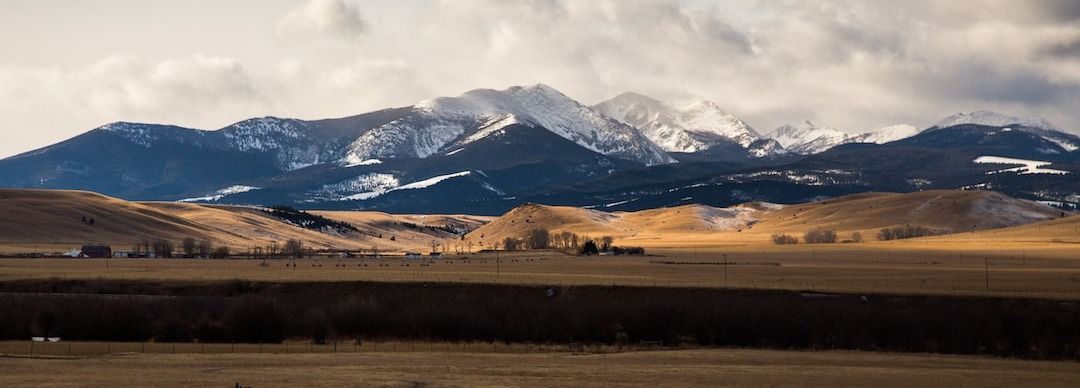Think you can complete your BEAD application in 90 days? Think again.
January 18, 2024
If you're waiting for your state's application, you'll be too late.

The Biden administration kicked off its Internet for All Initiative on Friday when the Commerce Department unveiled the rules by which it plans to disburse more than $45 billion in federal broadband funding, which is a result of the Infrastructure, Investment and Jobs Act of 2021, otherwise known as the Bipartisan Infrastructure Law.
The money comes in the forms of the $42.5 billion Broadband Equity, Access and Deployment Program; $1 billion for the Enabling Middle Mile Broadband Infrastructure Program; and $1.5 billion for the State Digital Equity Act program.
“The resources in President Biden's Bipartisan Infrastructure Law will allow us to bring broadband infrastructure to every corner of the country, make service affordable for everyone, and ensure users have the devices and digital skills they need, said Deputy Secretary of Commerce Don Graves in a press statement. ”But in order to succeed, we need a whole of government and whole of nation approach – everyone who has a stake in our connected future should get involved now."
Here are the nine steps to funding outlined in the National Telecommunications and Information Administration's BEAD Notice of Funding Opportunity:
States, Washington, D.C., and U.S. territories need to tell the NTIA that they intend to apply for the grant funding with a formal letter of intent by July 18th.
States and territories can include a request for planning funds along with their initial letters of intent. But if they decide not to, they then have up until August 15th to request up to $5 million for planning purposes. (American Samoa, Guam, the Mariana Island, the U.S. Virgin Islands and the Commonwealth of the Northern Mariana Islands can request up to $1.25 million each.) The NTIA's BEADS NOFO outlines the various tasks that state officials might want to use these funds for. In particular, the BEAD NOFO emphasizes that it is planning to offer substantial “free” help to state officials with planning.
State entities then must submit five-year “action plans” within 270 days of receiving this initial pot of planning money. The NTIA's NOFO provides detailed guidance on what should be in these plans. But it emphasizes that these plans must be informed by collaboration with
“local, regional, and Tribal (as applicable) entities, as well as unions and worker organizations, b. detail the eligible entity's investment priorities and associated costs, and c. align the state or territory's planned spending with its economic development, community benefit, workforce, telehealth, digital equity, and other efforts.”
The NTIA plans to notify the states and territories of the size of the grants they're eligible for beyond the initial $100 million based upon the Broadband DATA maps to be unveiled by the Federal Communications Commission sometime in the fall of 2022. The NTIA will then invite the states and territories to send them initial and final grant proposals. The states have 180 days to submit these proposals. They also have to show the NTIA that the states solicited input from the public and incorporate it.
Local governments, non-profits, or broadband providers can challenge state proposals “as to whether a particular location or community anchor institution within the jurisdiction of the Eligible Entity is eligible for grant funds, including whether a particular location is unserved or underserved.” The "eligible entity, i.e. the state or territory, has to submit those successful challenges to the NTIA for approval and review.
The NTIA's NOFO says that it will review initial proposals as quickly as possible and will make 20 percent of the total funds a state or territory is eligible for available.
Once the NTIA approves a state or territory's initial proposal, they can embark on the process of scoping out and coordinating broadband planning activities with local communities. They have one year to do this before submitting a final grant proposal back to the NTIA.
States and territories should submit their final proposals after locking in their agreements with local communities and broadband providers and explaining to the NTIA how it fulfilled its plans described in their initial proposals. The NTIA will then release the rest of the funding to to the state or territory. The state or territory again, must put its final proposal out for public comment before sending it back to the NTIA
The IIJA places extensive reporting requirements on sub-grantees and the NTIA will be monitoring the progress of the recipients of the federal money.

January 18, 2024
If you're waiting for your state's application, you'll be too late.

January 09, 2024
The big sky state joins a small list of eligible entities that have kicked off their broadband challenge process.